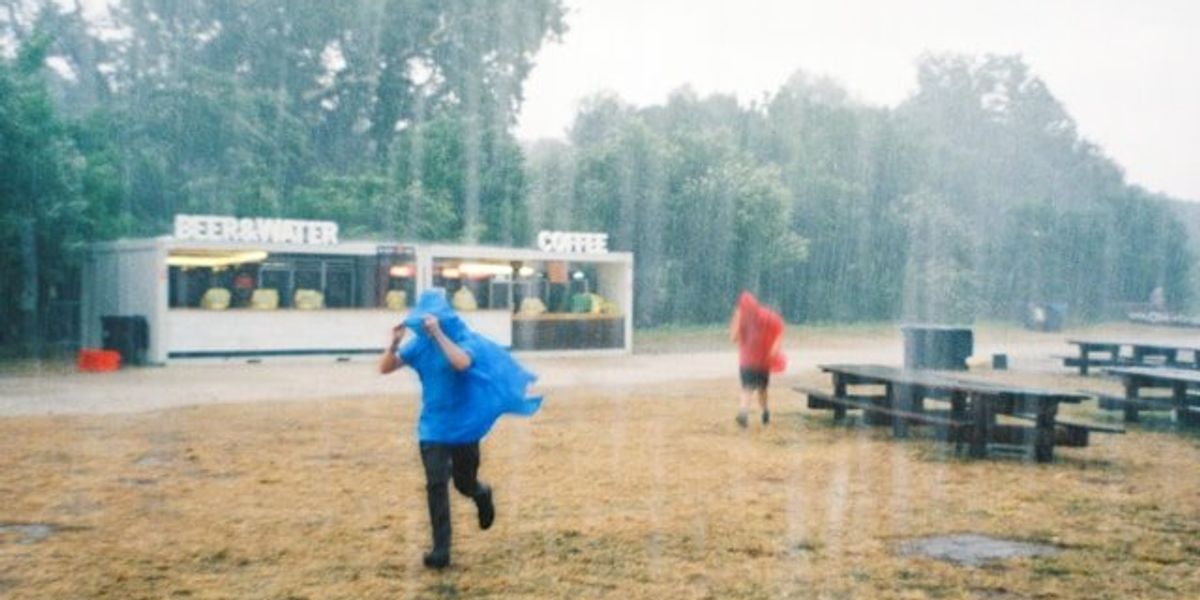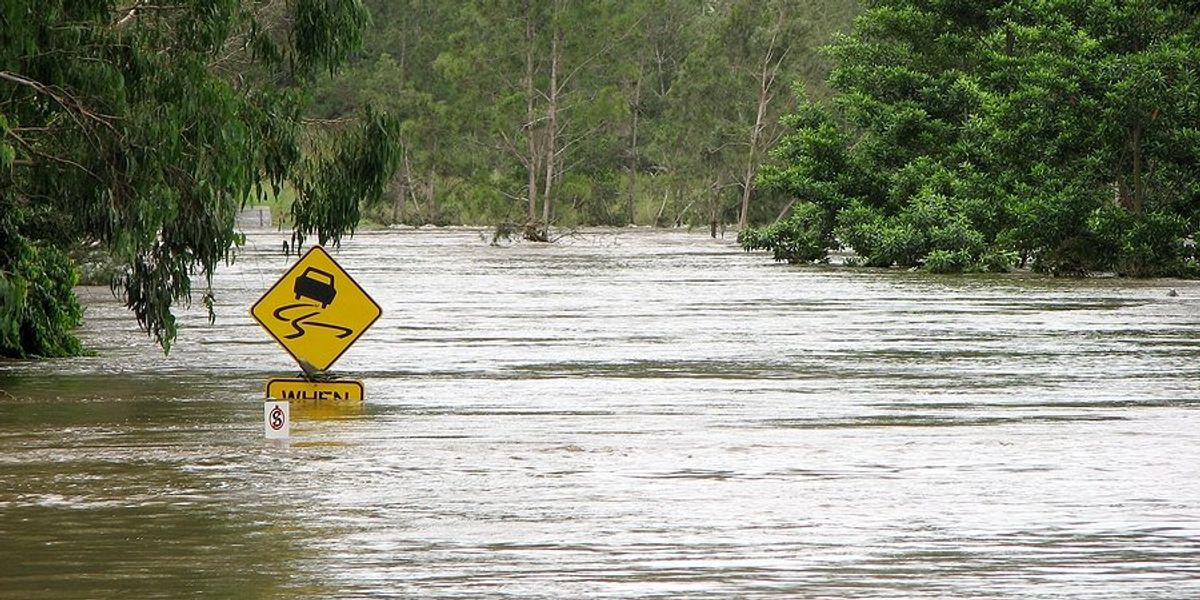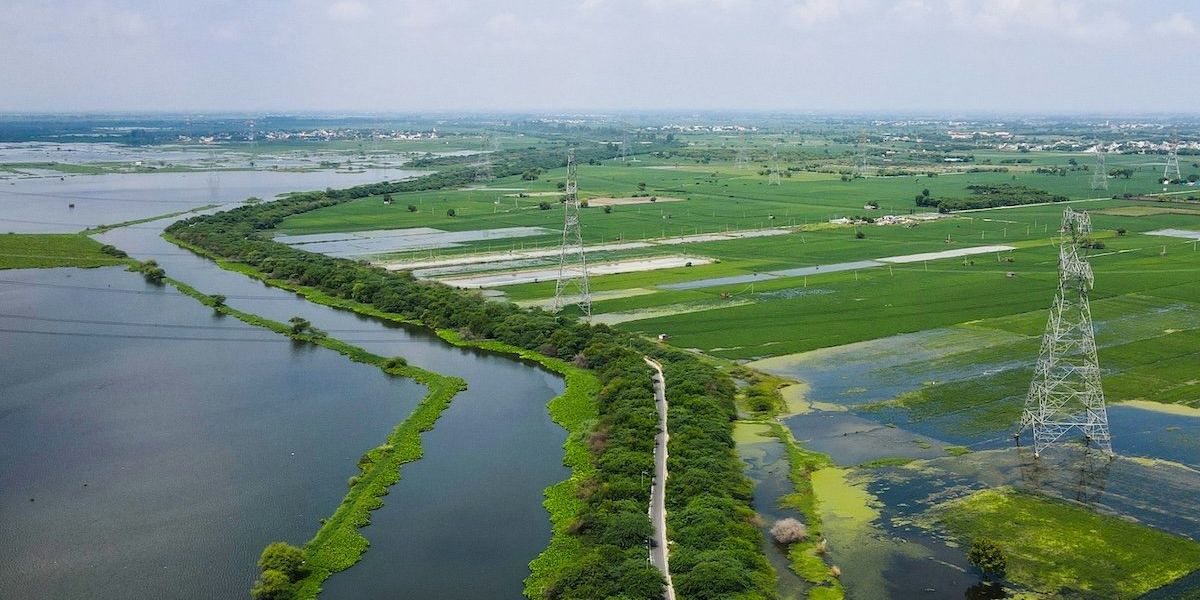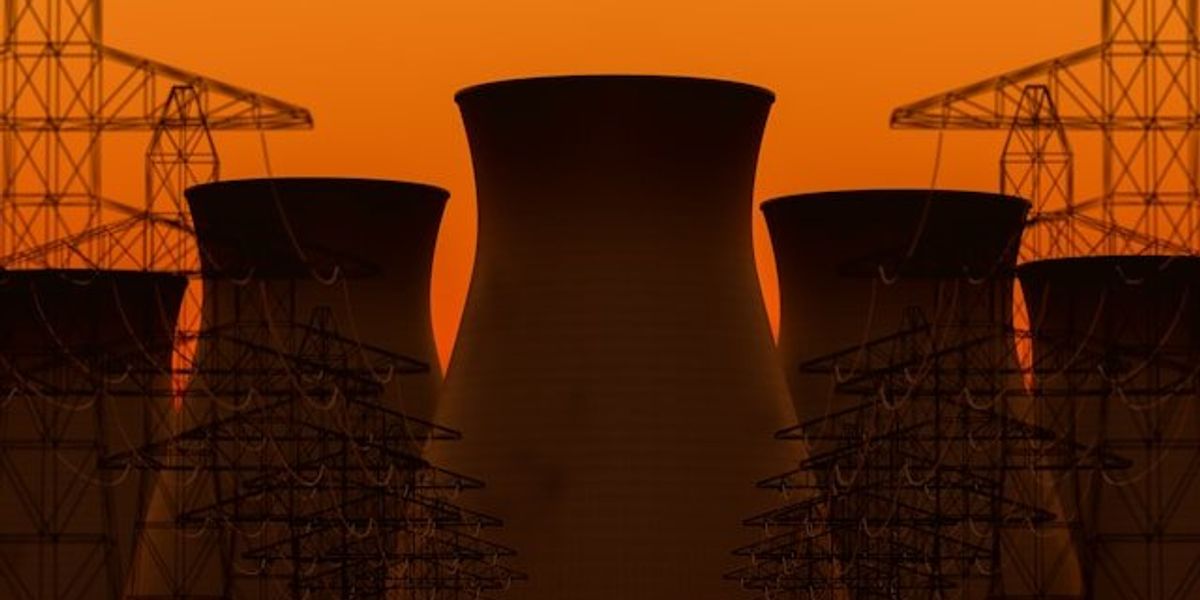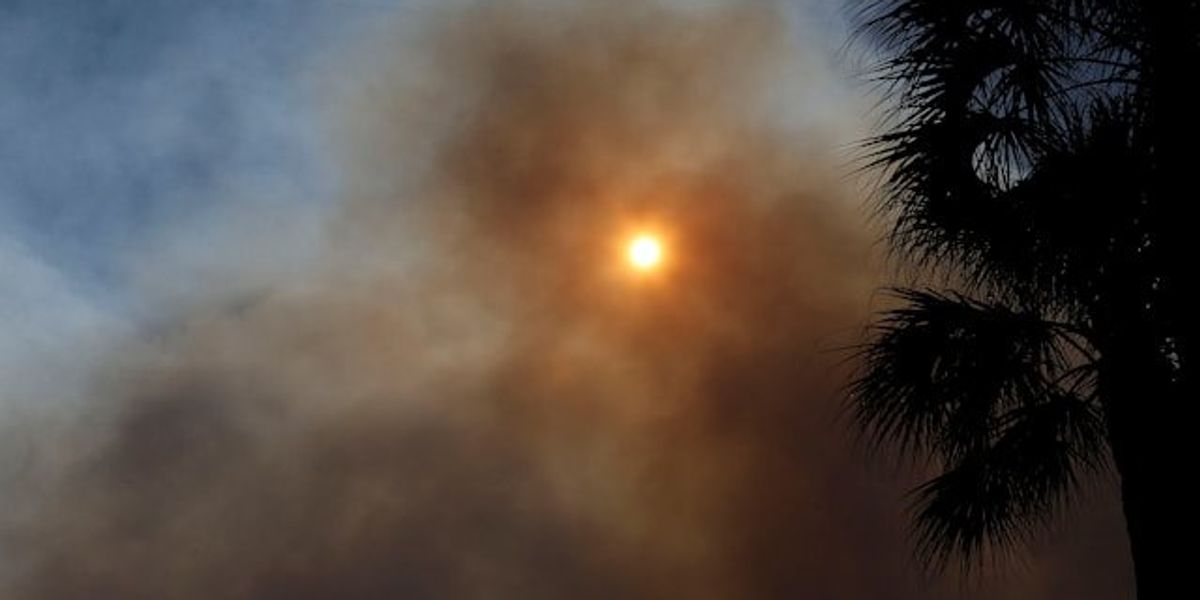
Nine northeastern US states launch alliance to speed clean energy transmission and bypass grid operator delays
A coalition of nine states in the US Northeast has announced a new strategy to jointly govern and plan interstate electric grid expansion, aiming to break through regional gridlock and accelerate clean energy development.
Aman Azhar reports for Inside Climate News.
In short:
- The states — Connecticut, Delaware, Maine, Maryland, Massachusetts, New Jersey, New York, Rhode Island and Vermont — unveiled the Strategic Action Plan on Interregional Transmission on April 28, establishing a model to coordinate and finance cross-border power lines.
- The move follows years of frustration with PJM Interconnection and other grid operators over delays and cost hikes that have slowed renewable energy rollouts and burdened consumers.
- The plan emphasizes public-interest goals over profit, with proposals to standardize equipment, pool procurement, and launch a joint request for transmission projects that meet climate mandates and reduce fossil fuel use.
Key quote:
“This collaboration illustrates exactly why state-led action is so important.”
— Wes Moore, governor of Maryland
Why this matters:
The U.S. electric grid wasn't designed to move clean energy across long distances, but that's exactly what's needed to meet renewable energy goals and fight climate change. Many states now have ambitious targets to cut emissions, but they're running into roadblocks because current grid systems prioritize the needs of legacy utilities and rely on fragmented regional oversight. Without a coordinated approach, states like Maryland and New Jersey — heavy power importers with bold renewable mandates — risk falling short of their climate commitments. The lack of interregional planning has also left many solar and wind projects stranded in a backlog of approval processes. By stepping in to lead transmission planning, states hope to streamline development and reduce consumer costs, while cutting dependence on fossil fuels during peak demand.
Read more: Trump administration budget shifts lead to layoffs at key federal renewable energy lab

